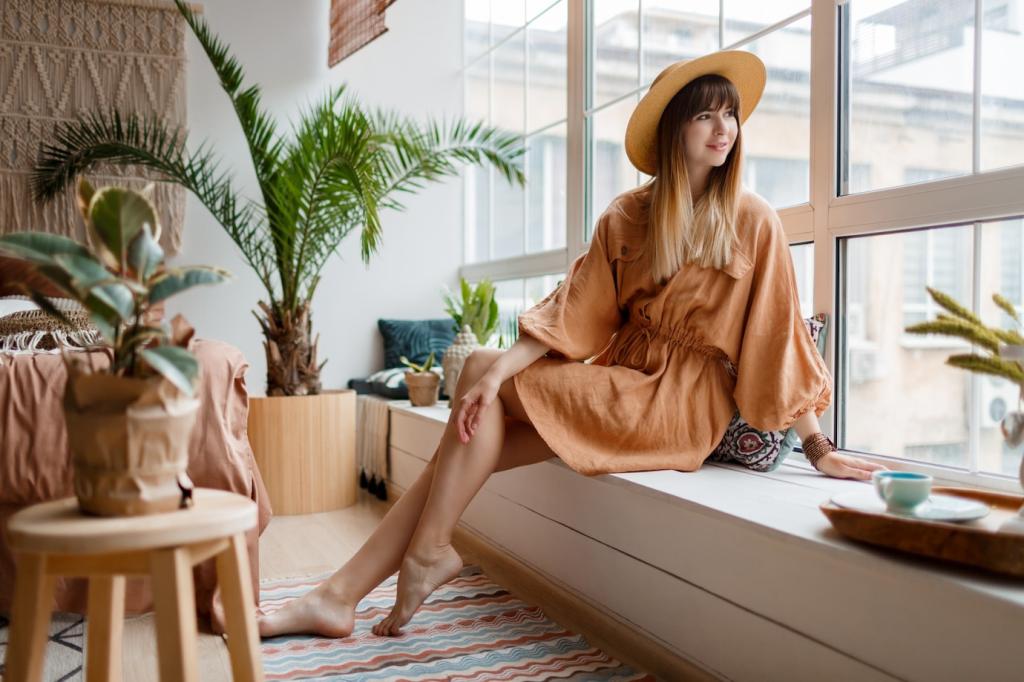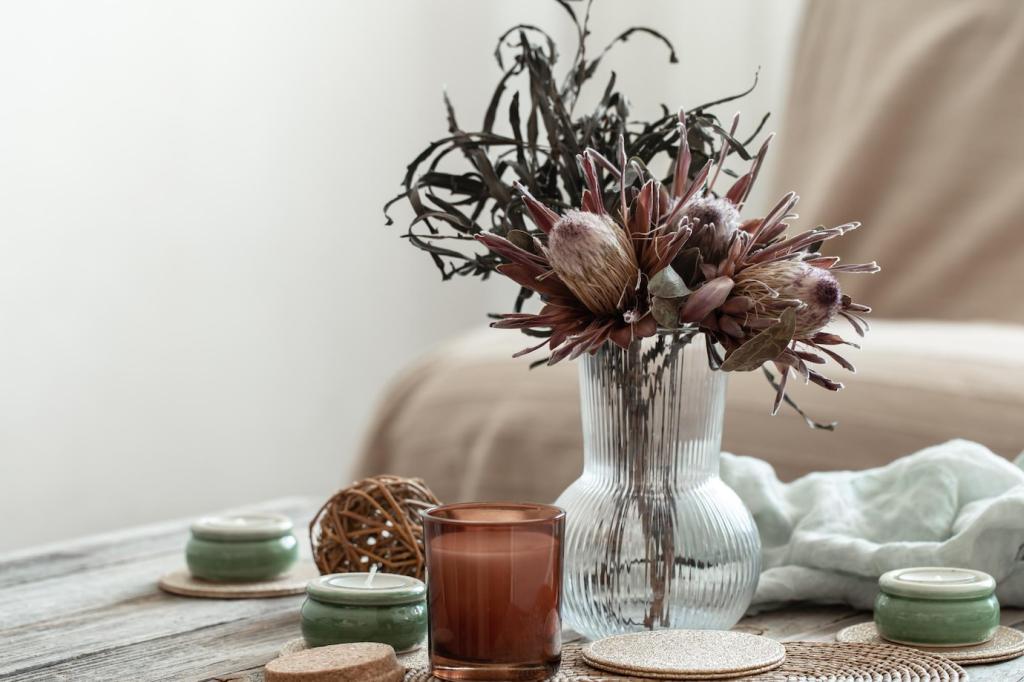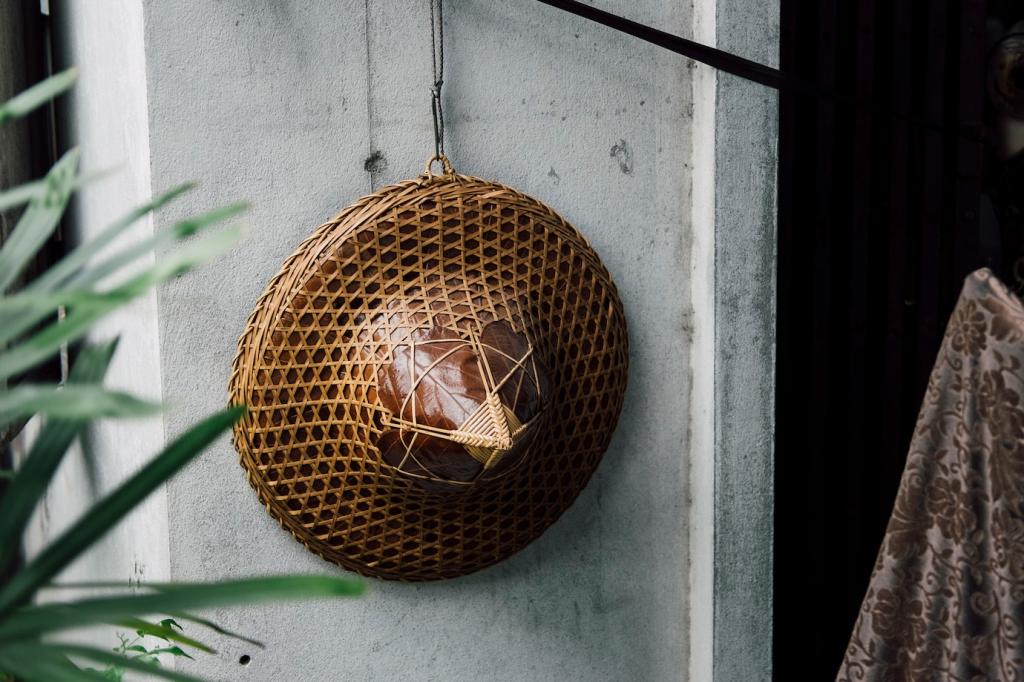Choosing the Right Bulb for Every Room
Bedrooms and living rooms shine with warm 2700–3000K light, while kitchens and work areas often benefit from neutral 3500–4000K. Daylight-like 5000K can boost alertness in garages or craft corners. Try a few bulbs at different Kelvin values and comment which mood you prefer—your feedback helps others choose confidently.
Choosing the Right Bulb for Every Room
Layered lighting places brightness exactly where it’s needed, reducing overall wattage. Use task lights for reading or cooking, ambient fixtures for general glow, and accent spots for art or plants. This strategy feels luxurious yet frugal. Post a snapshot of your favorite layered setup, and we’ll feature brilliant reader ideas in future posts.




